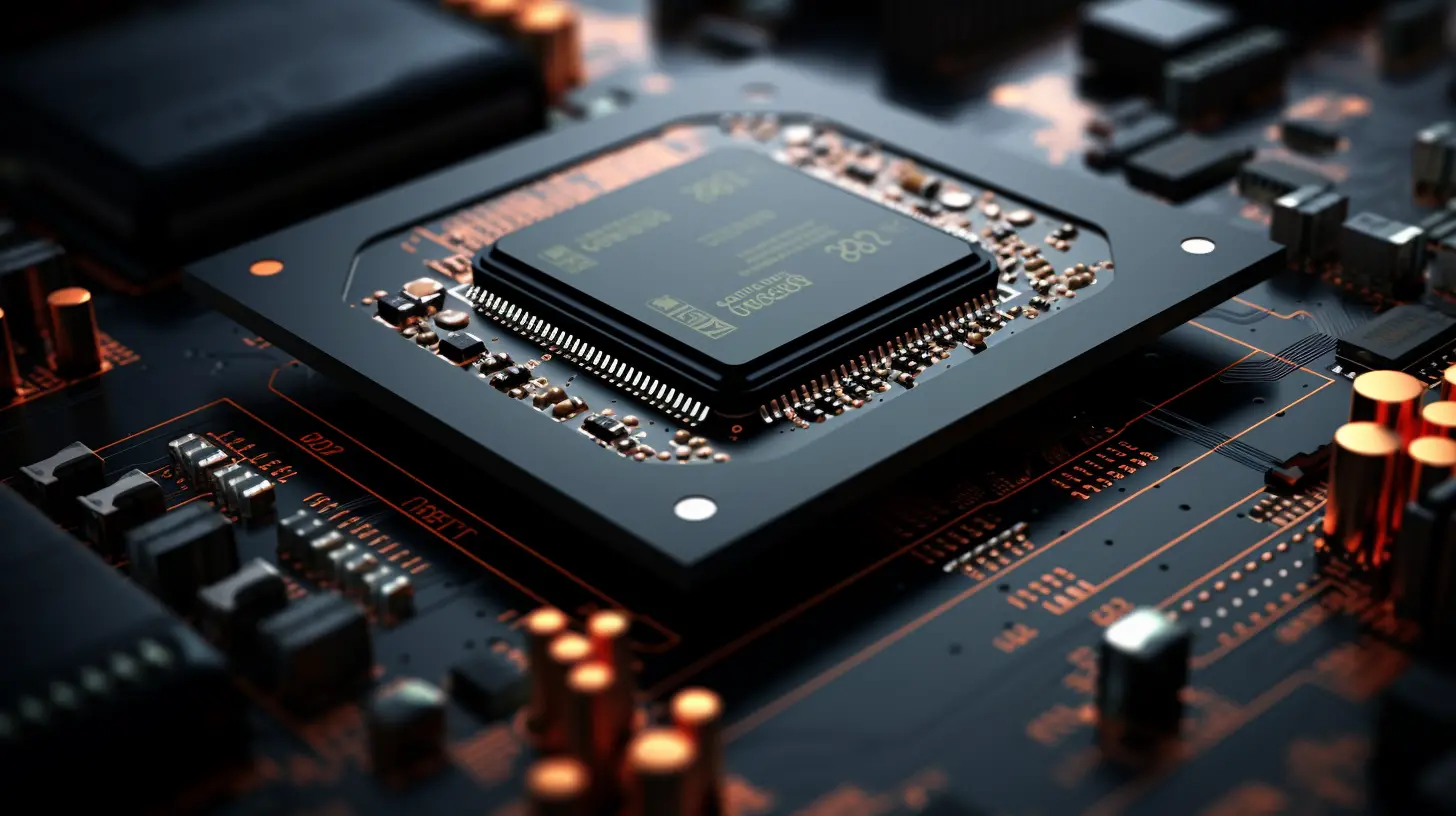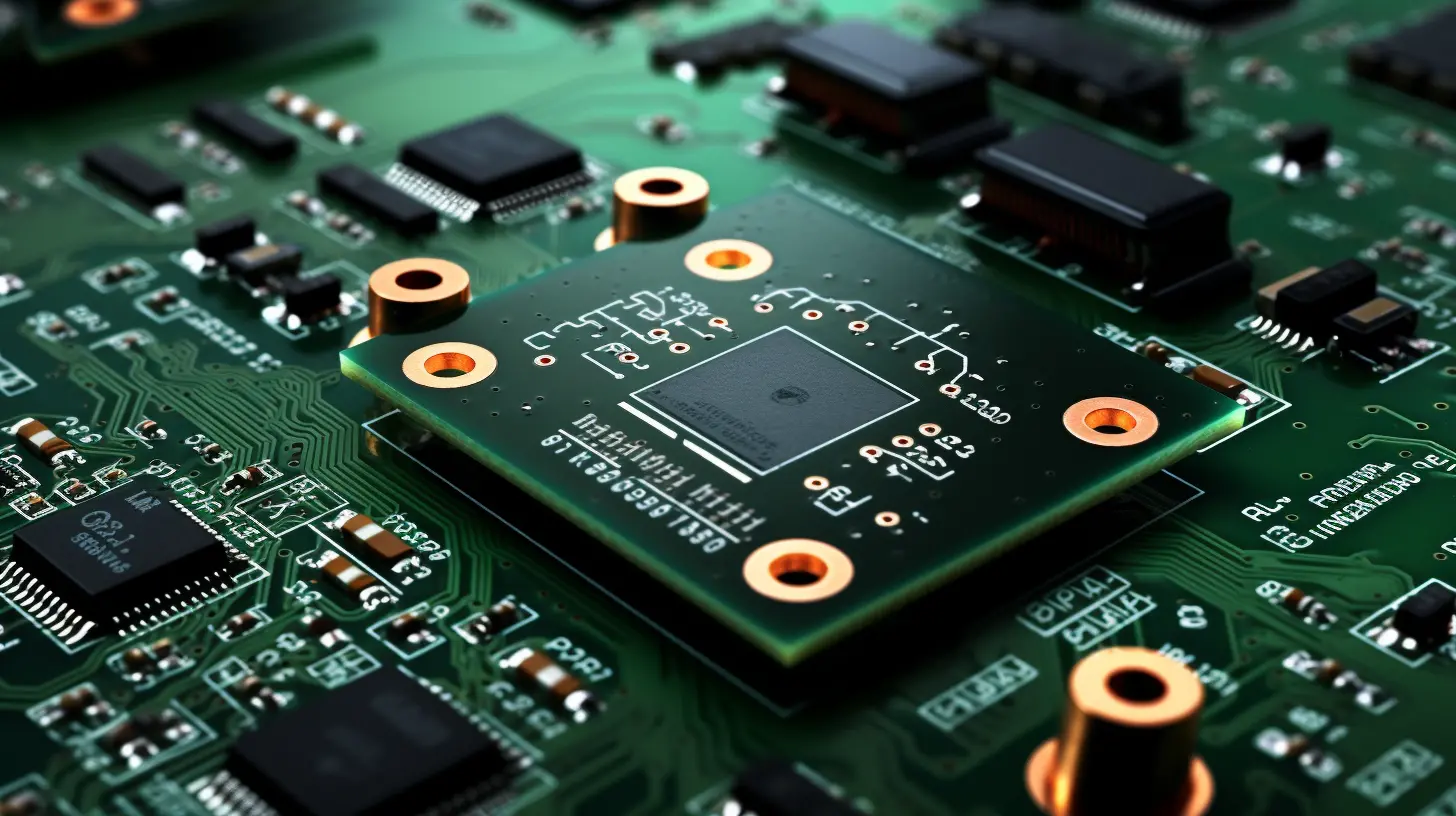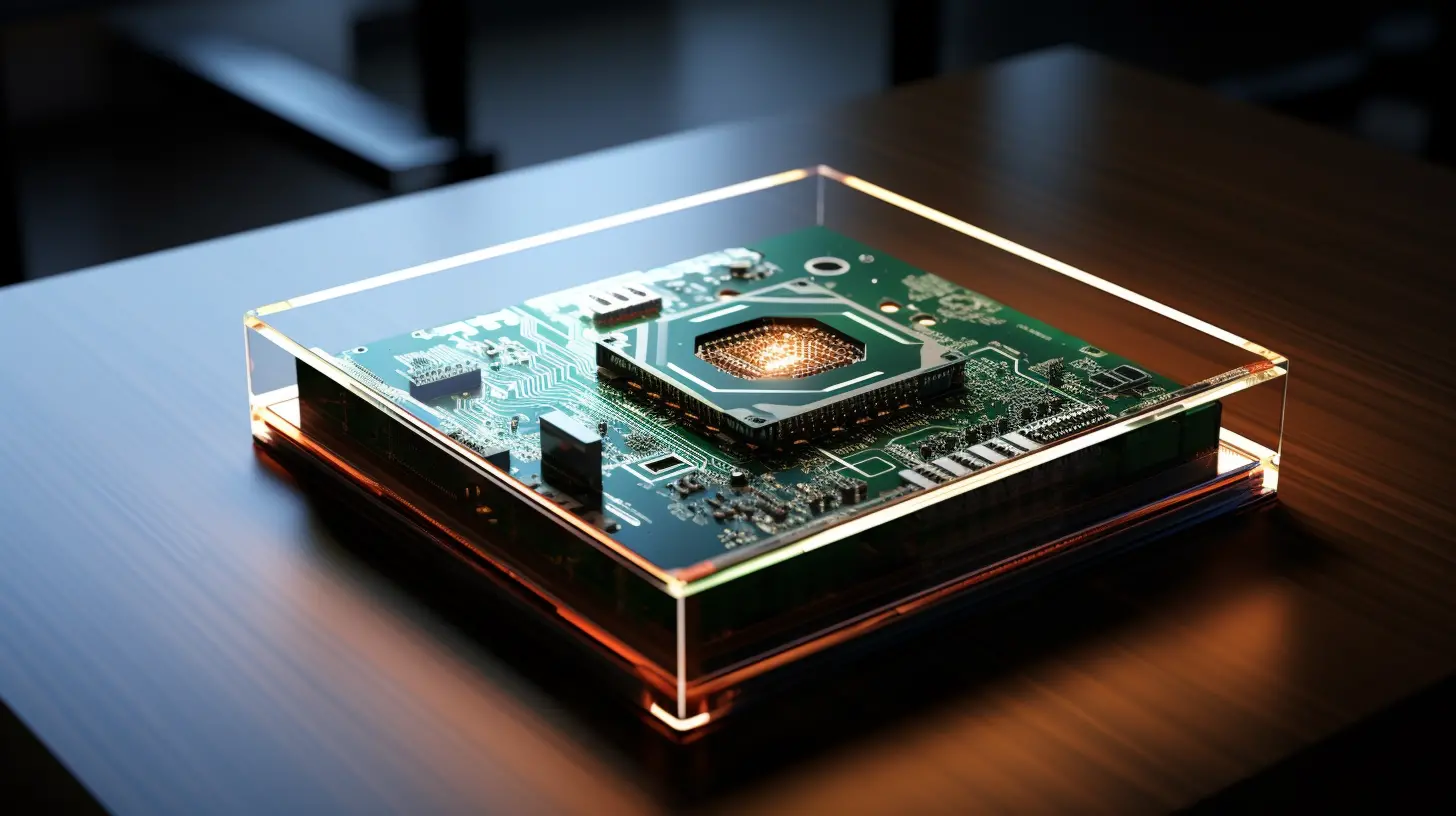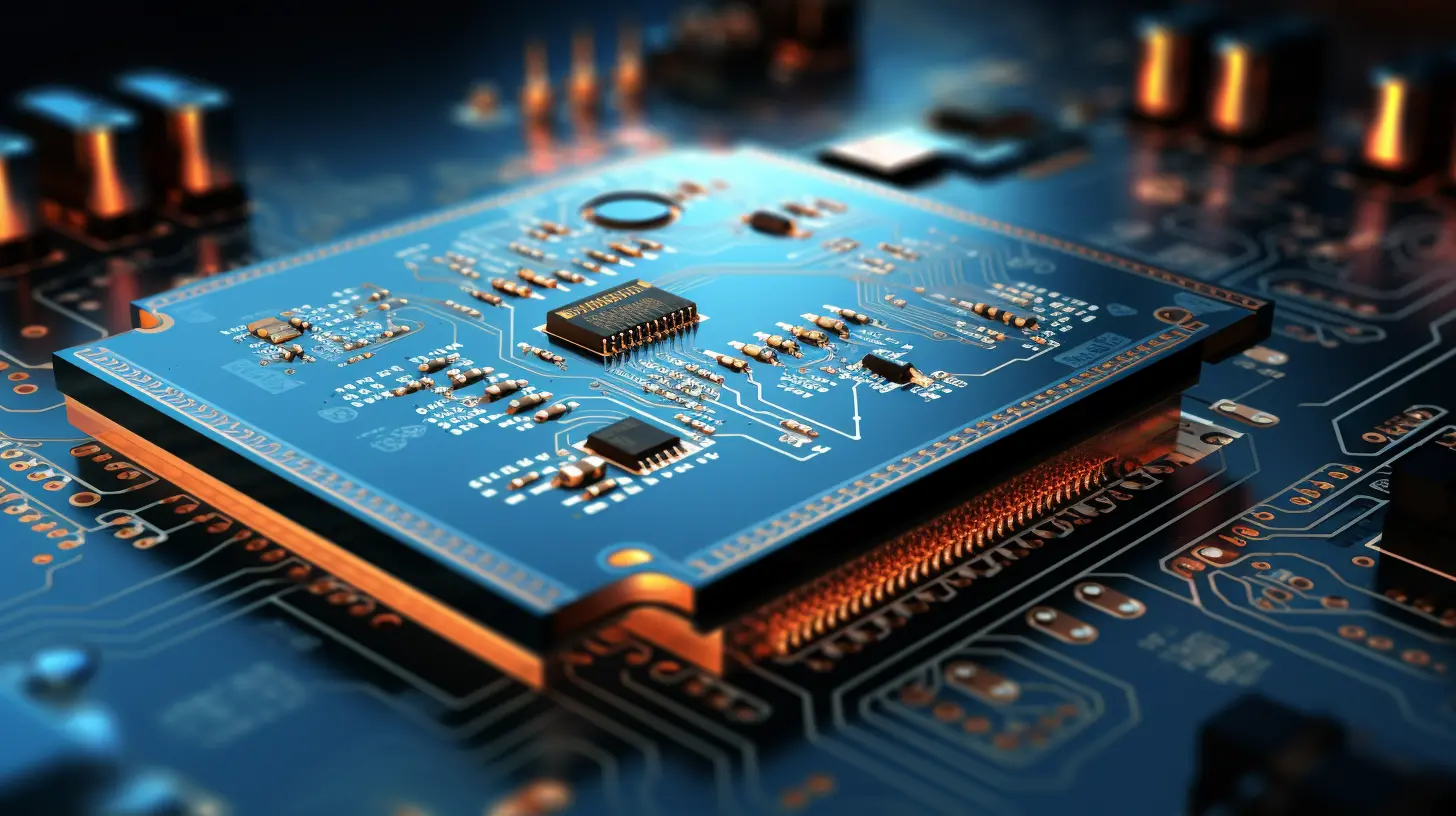The demand for high-performance communication networks has accelerated the need for advanced IC substrates and PCBs. As these components play a critical role in the efficiency and reliability of communication systems, understanding their key elements is essential for manufacturers and designers alike.

1. Electrical Performance: The electrical performance of IC substrates and PCBs is paramount in ensuring signal fidelity and minimal loss. Manufacturers must consider factors such as dielectric constant, loss tangent, and conductivity to enhance overall performance.
2. Signal Integrity: To maintain high data rates, the design must prioritize signal integrity. This includes managing trace widths, spacing, and vias, which affect the transmission line behavior and ultimately the signal quality.

The thermal properties of materials used in IC substrates and PCBs are essential for preventing overheating and ensuring longevity. Evaluating thermal expansion coefficients and conductivity will help in selecting appropriate materials to withstand rigorous operating conditions.
Designing for high performance often comes with challenges, including:

In conclusion, the integration of high-quality IC substrates and PCBs is vital for the success of high-performance communication networks. By focusing on electrical performance, signal integrity, and thermo-mechanical properties, manufacturers can enhance the reliability and efficiency of their products. Continued innovation and collaboration in design will pave the way for advancements in communication technologies.

By prioritizing these elements, companies can stay competitive in the evolving landscape of high-performance communication.
